Elevate your preparation for the ATI Maternal Newborn Proctored Exam 2025 with this advanced study guide, designed for nursing students aiming for exam excellence. This resource offers 60 expert-level practice questions that delve into critical maternal-newborn nursing topics, including prenatal care, labor and delivery, postpartum care, newborn assessment, and management of complications. Each question is accompanied by detailed answers and comprehensive rationales to deepen understanding of complex concepts, while study tips provide strategic insights to enhance test-taking skills and optimize performance. Aligned with the 2025 ATI Maternal Newborn content outline, this guide incorporates the latest evidence-based practices and NCLEX-style questions to ensure thorough readiness. Perfect for nursing students seeking to master maternal-newborn care and achieve exam success, this guide is a vital resource for academic and professional growth.
Preview
A nurse is reviewing the medical record of a newly admitted client who is at 32 weeks of
gestation. Which of the following conditions is an indication for fetal assessment using
electronic fetal monitoring? – – correct ans- -A. Oligohydramnios
B. Hyperemesis gravidarum
C. Leukorrhea
D. Periodic tingling of the fingers
Answer: Oligohydramnios
A. Oligohydramnios
The nurse should identify that oligohydramnios requires further fetal assessment using
electronic fetal monitoring. Other conditions that require further assessment include
hypertension, diabetes, intrauterine growth restriction, renal disease, decreased fetal
movement, previous fetal death, post-term pregnancy, systemic lupus erythematosus, and
intrahepatic cholestasis.
B. Hyperemesis gravidarum
Hyperemesis gravidarum is not an indication for further fetal assessment using electronic
fetal monitoring unless complications occur.
C. Leukorrhea
Leukorrhea is a common finding during pregnancy and is not an indication for further fetal
assessment using electronic fetal monitoring unless complications occur.
D. Periodic tingling of the fingers
Periodic tingling of the fingers is a common finding during pregnancy and is not an
indication for further fetal assessment using electronic fetal monitoring.
A nurse is teaching a client who is at 24 weeks of gestation regarding a 1-hr glucose
tolerance test. Which of the following statements should the nurse include in the teaching? – – correct ans- -A. “You will need to drink the glucose solution 2 hours prior to the test.”
B. “Limit your carbohydrate intake for 3 days prior to the test.”
C. “A blood glucose of 130 to 140 is considered a positive screening result.”
D. “You will need to fast for 12 hours prior to the test.”
Answer: “A blood glucose of 130 to 140 is considered a positive screening result.”
A. “You will need to drink the glucose solution 2 hours prior to the test.”
The nurse should instruct the client to drink the glucose solution 1 hr prior to the test.
B. “Limit your carbohydrate intake for 3 days prior to the test.”
The nurse should instruct the client that she should not limit her carbohydrate intake.
C. “A blood glucose of 130 to 140 is considered a positive screening result.”
The nurse should instruct the client that a blood glucose level of 130 to 140 mg/dL is
considered a positive screening. If the client receives a positive result, she will need to
undergo a 3-hr glucose tolerance test to confirm if she has gestational diabetes mellitus.
D. “You will need to fast for 12 hours prior to the test.”
gestation. Which of the following conditions is an indication for fetal assessment using
electronic fetal monitoring? – – correct ans- -A. Oligohydramnios
B. Hyperemesis gravidarum
C. Leukorrhea
D. Periodic tingling of the fingers
Answer: Oligohydramnios
A. Oligohydramnios
The nurse should identify that oligohydramnios requires further fetal assessment using
electronic fetal monitoring. Other conditions that require further assessment include
hypertension, diabetes, intrauterine growth restriction, renal disease, decreased fetal
movement, previous fetal death, post-term pregnancy, systemic lupus erythematosus, and
intrahepatic cholestasis.
B. Hyperemesis gravidarum
Hyperemesis gravidarum is not an indication for further fetal assessment using electronic
fetal monitoring unless complications occur.
C. Leukorrhea
Leukorrhea is a common finding during pregnancy and is not an indication for further fetal
assessment using electronic fetal monitoring unless complications occur.
D. Periodic tingling of the fingers
Periodic tingling of the fingers is a common finding during pregnancy and is not an
indication for further fetal assessment using electronic fetal monitoring.
A nurse is teaching a client who is at 24 weeks of gestation regarding a 1-hr glucose
tolerance test. Which of the following statements should the nurse include in the teaching? – – correct ans- -A. “You will need to drink the glucose solution 2 hours prior to the test.”
B. “Limit your carbohydrate intake for 3 days prior to the test.”
C. “A blood glucose of 130 to 140 is considered a positive screening result.”
D. “You will need to fast for 12 hours prior to the test.”
Answer: “A blood glucose of 130 to 140 is considered a positive screening result.”
A. “You will need to drink the glucose solution 2 hours prior to the test.”
The nurse should instruct the client to drink the glucose solution 1 hr prior to the test.
B. “Limit your carbohydrate intake for 3 days prior to the test.”
The nurse should instruct the client that she should not limit her carbohydrate intake.
C. “A blood glucose of 130 to 140 is considered a positive screening result.”
The nurse should instruct the client that a blood glucose level of 130 to 140 mg/dL is
considered a positive screening. If the client receives a positive result, she will need to
undergo a 3-hr glucose tolerance test to confirm if she has gestational diabetes mellitus.
D. “You will need to fast for 12 hours prior to the test.”
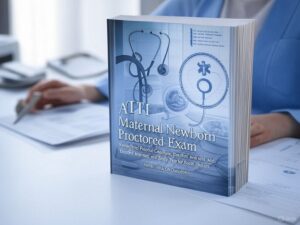
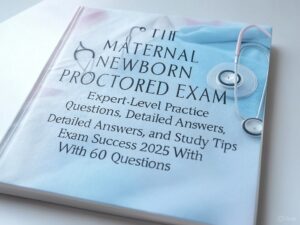


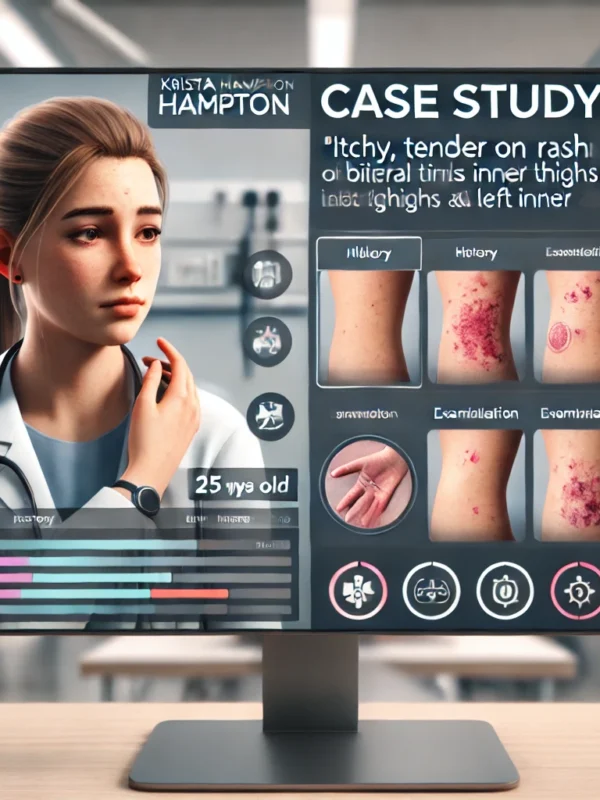
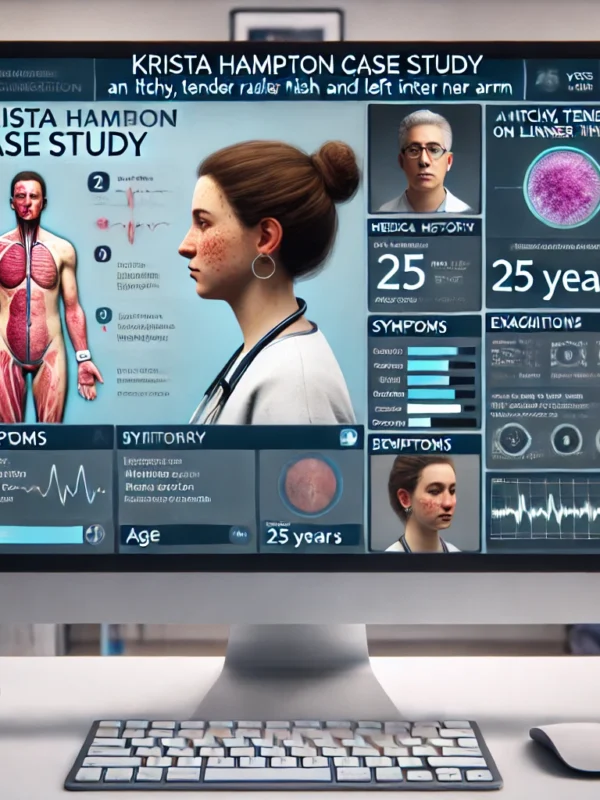

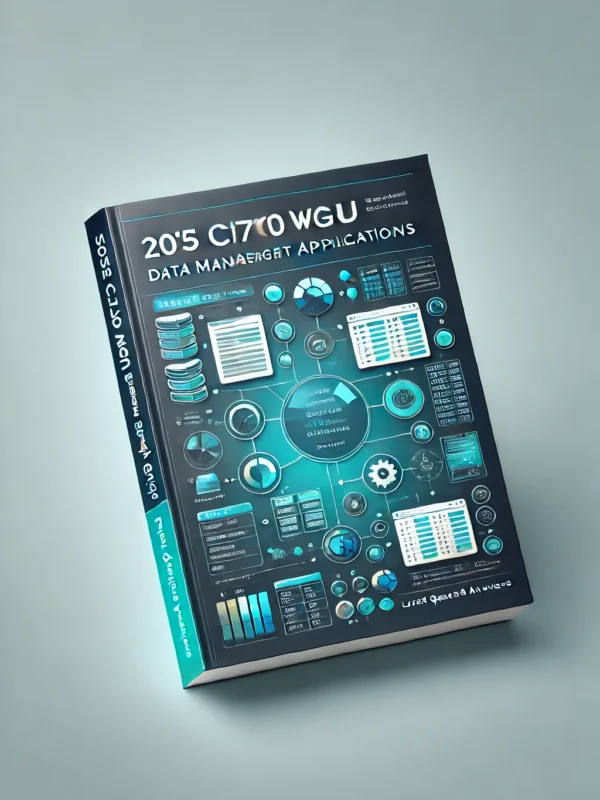


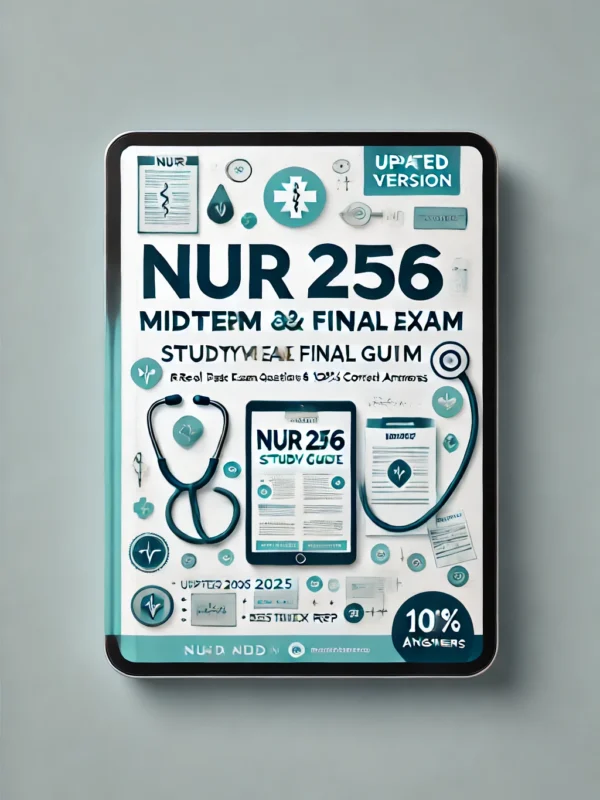
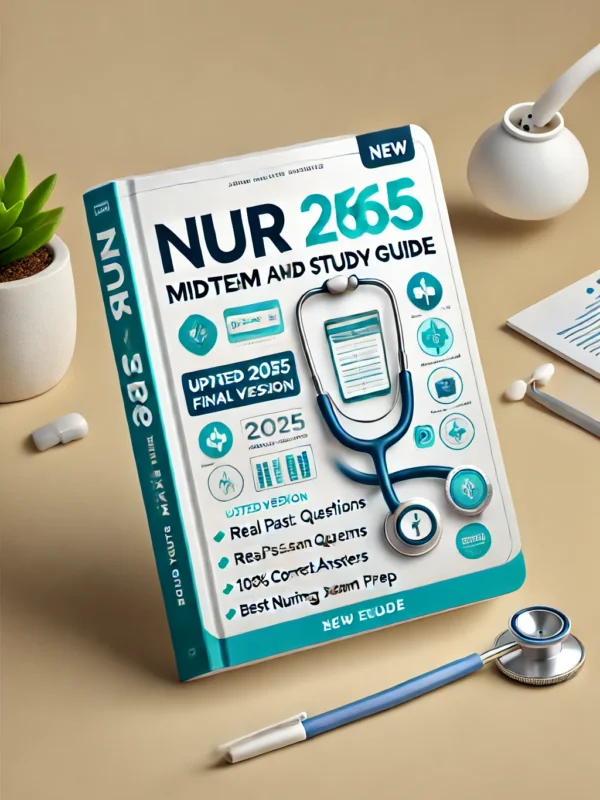
Reviews
There are no reviews yet.